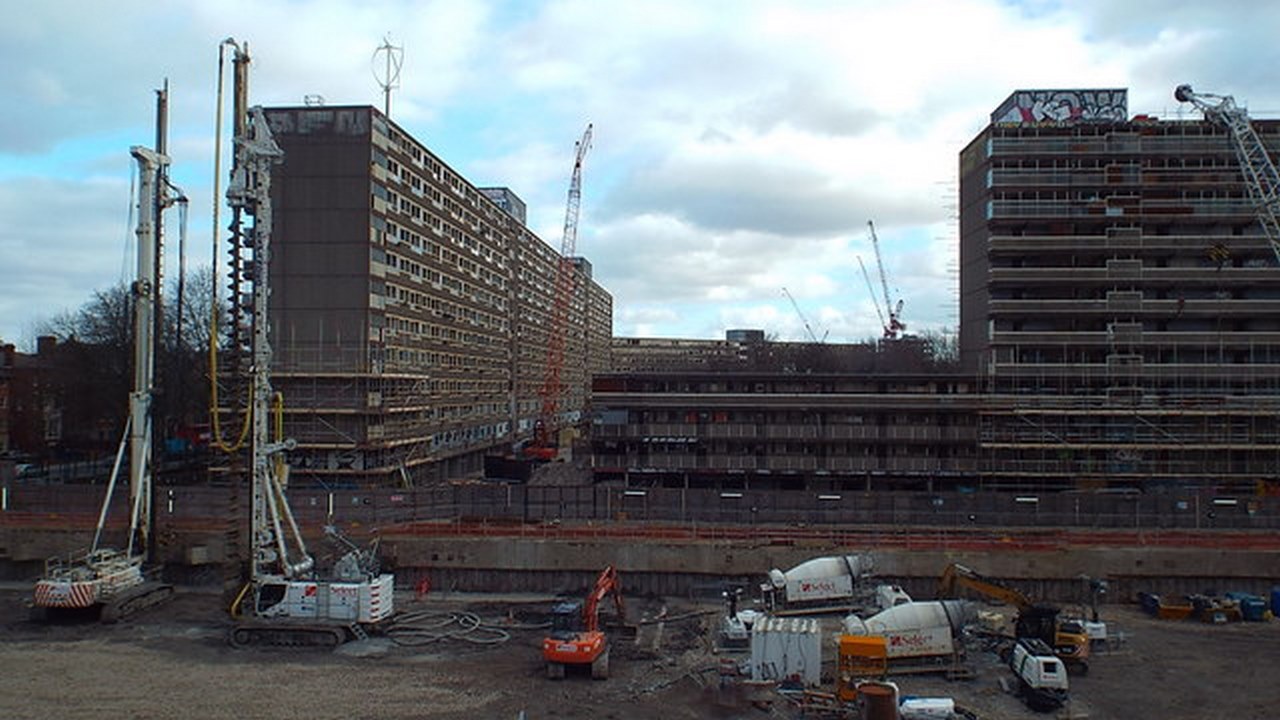Preparing construction sites involves specific steps that need to occur.
These steps ensure that the building is standing on solid and level ground and keep the workers safe during all the phases of construction. In the year 2017, 5,147 workers died.

That is the reason why it is so important to prepare construction sites properly so that workers can complete their tasks safely and keep everyone out of danger.
Below is a brief overview of how construction sites are prepared to give you a better understanding of how everything works.
The first step of the process before the construction site is cleared involves performing a geotechnical report.
These reports offer vital information along with suggestions on the right way to prepare the site.
This is a required report that provides the engineer with the information that they need to establish if the property is suitable for the intended construction.
Geotechnical reports are conducted by geotechnical engineers and include these points:
Each point determines how the project should proceed when it comes to preparing a construction site to complete the project
Construction site preparations involve other aspects over and above site preparation. There are other things to consider which include:
Before work can commence, the contractors must find out about restrictions that may apply to the area. Certain restrictions may need to be dealt with, and some you may be able to work around.
These include:
Read Also:
When you are aware of the restrictions in the area, it allows you to include these in your planning processes.
This also gives you enough time to change any plans when necessary.
It is important not to take on projects until you know about any restrictions you may need to deal with, as these are usually enforced for good reasons.
When you start preparing a construction site, one of your top priorities should always be safety.
This means you need to ensure your workers wear the right protective equipment, and you are aware of the surroundings.
The violations that are cited the most often include hazard communication, fall protection, respiratory protection, and scaffolding.
Protection equipment should include glasses and helmets. This also includes having the training and experience to safely perform tasks and to handle machines and tools properly.
It is also important to erect safety signs that provide communication to those who are working on a site.
It also becomes important to know what you are about to deal with before the project starts. This includes knowing what type of soil you are about to build on.
The OSHA has classified soils into the following categories:
Type A is regarded as stable soil. Clays are typically a good example of these types.
Cracks are sometimes found in Type B but it still remains intact. Examples of this soil include silt loam, angular gravel, and silt.
Type C includes soil types that are not stable like Type A and Type B. These include gravel and sand.
Soil testing provides the information that you need to assess whether the ground will handle the type of work you plan to perform.
In some instances, the soil will not provide a stable enough condition, which may mean you will have to move to a different construction site.
Water has the potential to cause significant damage on construction sites when the drainage is poor.
To deal with this issue, the site must have an area where the water can flow out so that it doesn’t affect the foundations of the building.
The construction site should also be resting on an area with the correct grade or slope. This provides a way for the water to run off somewhere else, into a sewer or retention pond.
When you have an idea of where the water will flow, you can lower the risks of the damages that water can cause during construction phases and into the future.
GPR, which stands for ground-penetrating radar can assist you in locating where a utility line is positioned, buried under the soil.
GPR assists engineers when it comes to identifying whether there may have been previous foundations and utilities, USTs (underground storage tanks), and avoiding existing concrete underground.
Any one of these has the potential to impact engineering, planning, and the overall safety of a construction site.
Finding out where such aspects may be present can help you to prevent expensive design changes in the middle of the project and to mitigate risks.
In certain cases, there may be concrete slabs present that may be blocking the way to reach any lines if you are required to move utilities.
You may need to use wire-sawing to access these areas. You must know about these features before you prepare a site. If you fail to establish these existing features, it could lead to a disaster.